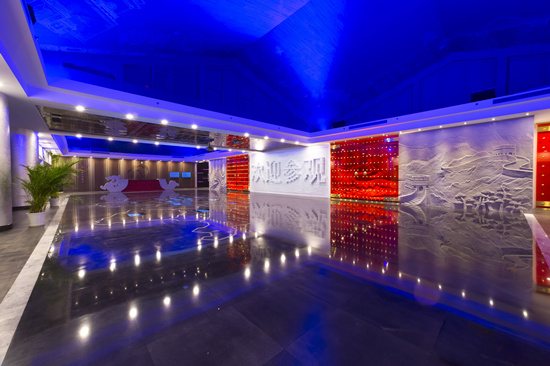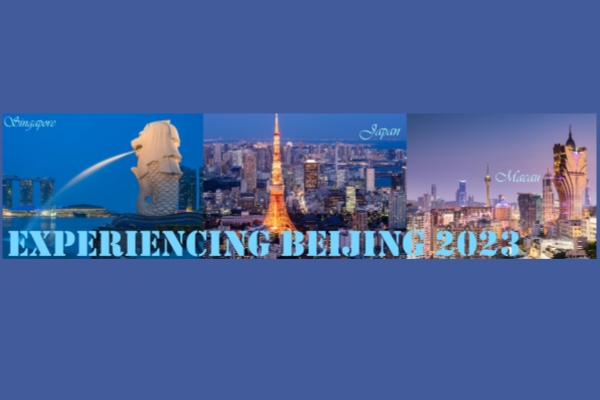Beijing Cultural Industry Development White Paper (2023) released
On Nov 21, the State-owned Cultural Assets Administration Center (SOCAAC) of Beijing Municipality released the "Beijing Cultural Industry Development White Paper (2023)" during the Beijing Cultural Consumption Forum and the release ceremony of the 2023 Beijing Cultural Consumption Brand List.
The White Paper, compiled by the SOCAAC and the School of Cultural Industry Management of Communication University of China, provides an overview of Beijing's cultural industry development in 2022, highlighting important advancements and achievements. It serves as an important resource for understanding the overall development of Beijing's cultural industry.
Despite the challenges brought by the pandemic, Beijing's cultural industry maintained stable growth in 2022. The revenue of cultural industry entities above a certain scale reached 1.79971 trillion yuan ($274.6 billion) from January to December, with cultural enterprises contributing 1.75553 trillion yuan, a 0.2 percent increase compared to the previous year. The core cultural fields accounted for 1.63394 trillion yuan, representing 90.8 percent of the total revenue of the cultural industry. The added value of the cultural industry in the city reached 450.92 billion yuan, accounting for 11.0 percent of the regional GDP.
Digital technology played a significant role in driving the progress of Beijing's cultural industry. The city had 1,867 digital cultural core industry units, accounting for 33.0 percent of the total number of cultural industry units. "Culture + technology" enterprises saw operating income of 1.08578 trillion yuan, representing 61.8 percent of the city's cultural enterprise income. The development of new formats and models was also strong, with the operating income of cultural new formats in Beijing increasing by 7.2 percent during the pandemic.
Beijing's spatial pattern for the cultural industry was optimized through urban renewal and the development of cultural belts and functional zones. The city created cultural business circles and industrial parks to support high-quality development. The regional industrial development in different districts of Beijing became more prominent, and regional cooperation in the cultural field deepened.
The quality of cultural supply and consumption in Beijing improved. The city focused on creating high-quality main theme artworks and cultural events to enhance the cultural atmosphere, both online and offline. The 10th Beijing People's Culture Consumption Season held numerous activities, driving consumer spending of nearly 12 billion yuan. Online consumption accounted for approximately 80 percent of the total.
In 2022, Beijing played a significant role in promoting the internationalization of Chinese culture through cultural trade and exchanges. The city showcased its cultural products and services in overseas markets, strengthening international cooperation and exchanges. Events like the Beijing International Film Festival and the Beijing International Canal Cultural Festival fostered innovation and deepened cultural exchanges under the "Belt and Road" initiative.
Overall, Beijing's cultural industry thrived in 2022, overcoming challenges and embracing digital technology. The city's efforts in optimizing its spatial pattern, improving the quality of cultural supply and consumption, and promoting cultural trade and exchanges contributed to its position as a cultural powerhouse.

 Responsibilities of the SOCAAC
Responsibilities of the SOCAAC Experiencing Beijing 2023
Experiencing Beijing 2023